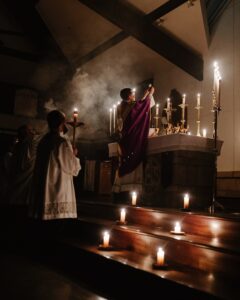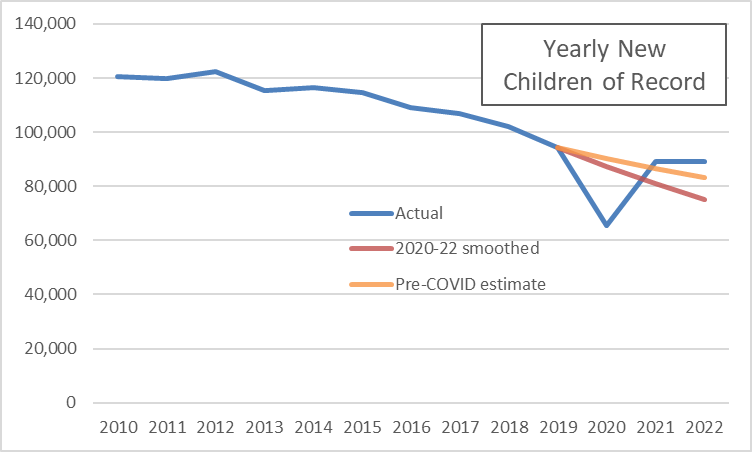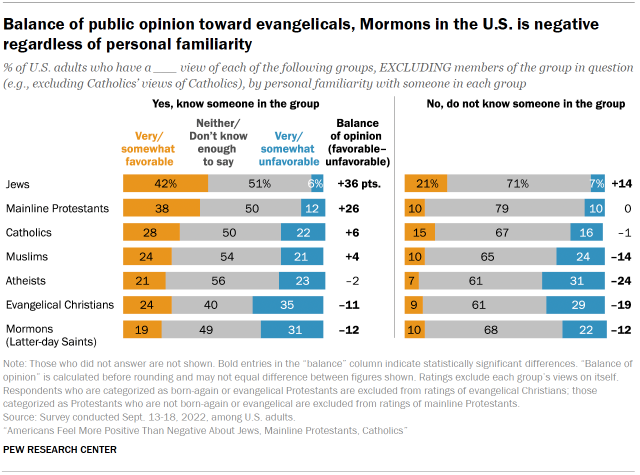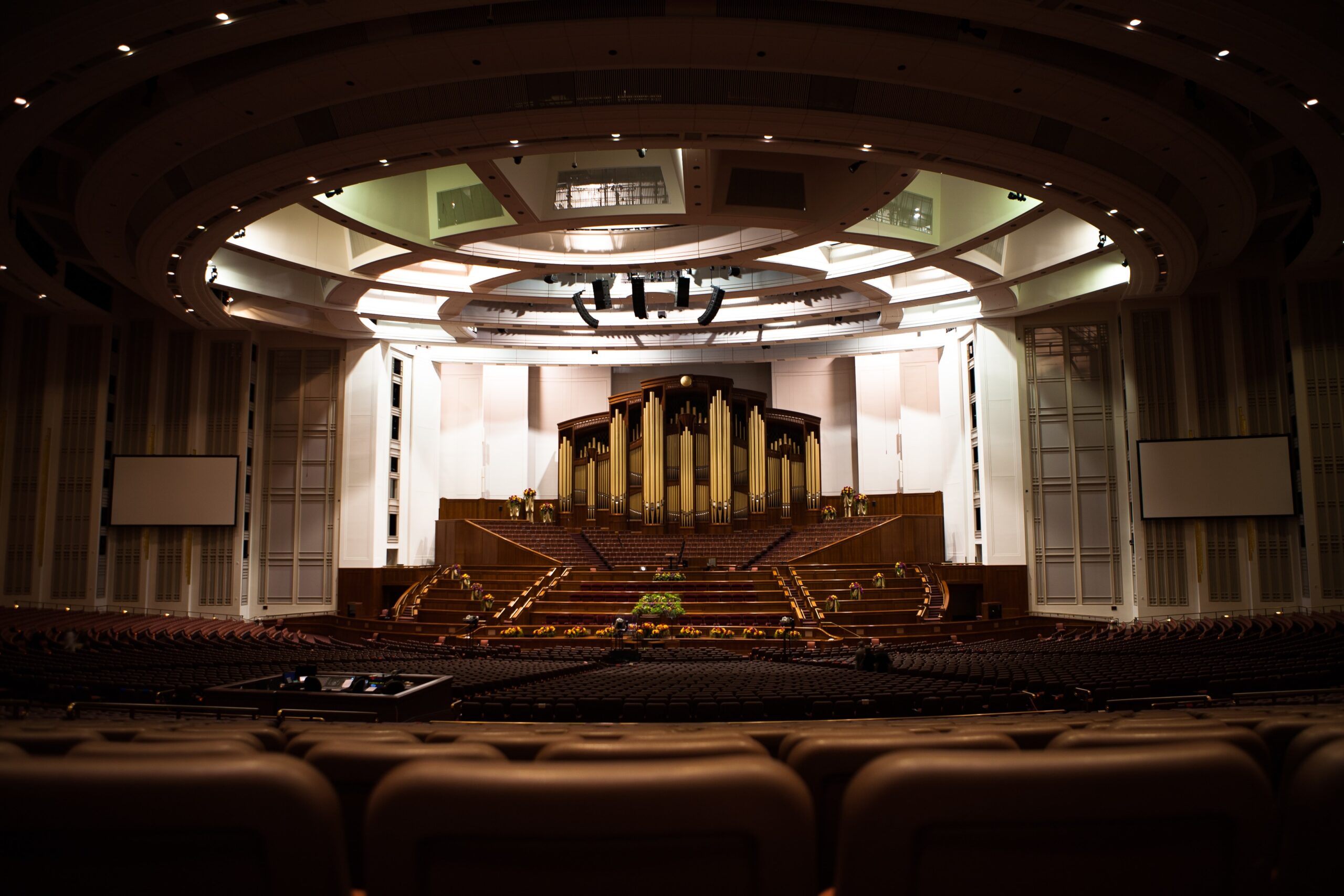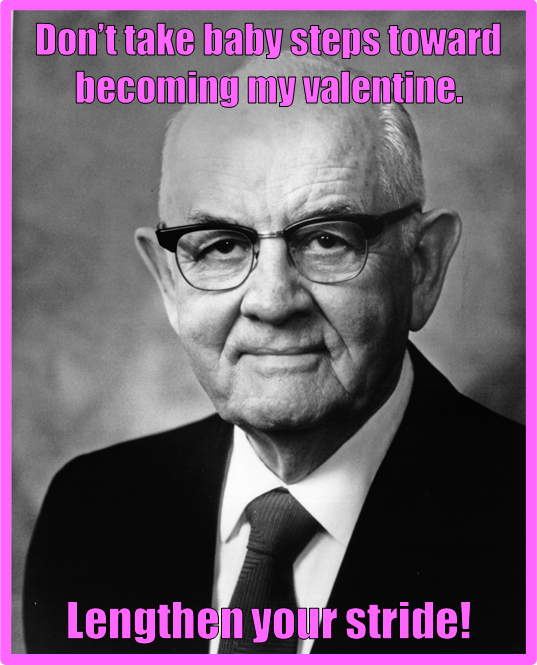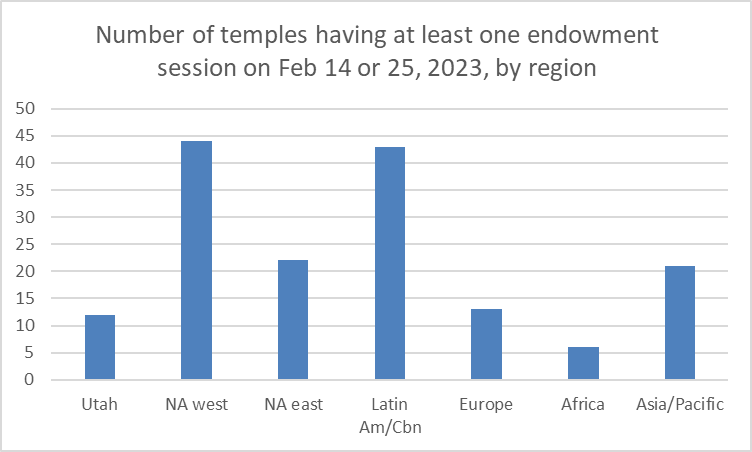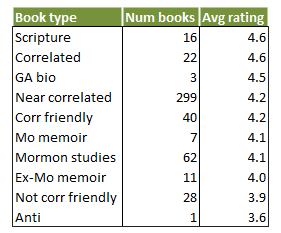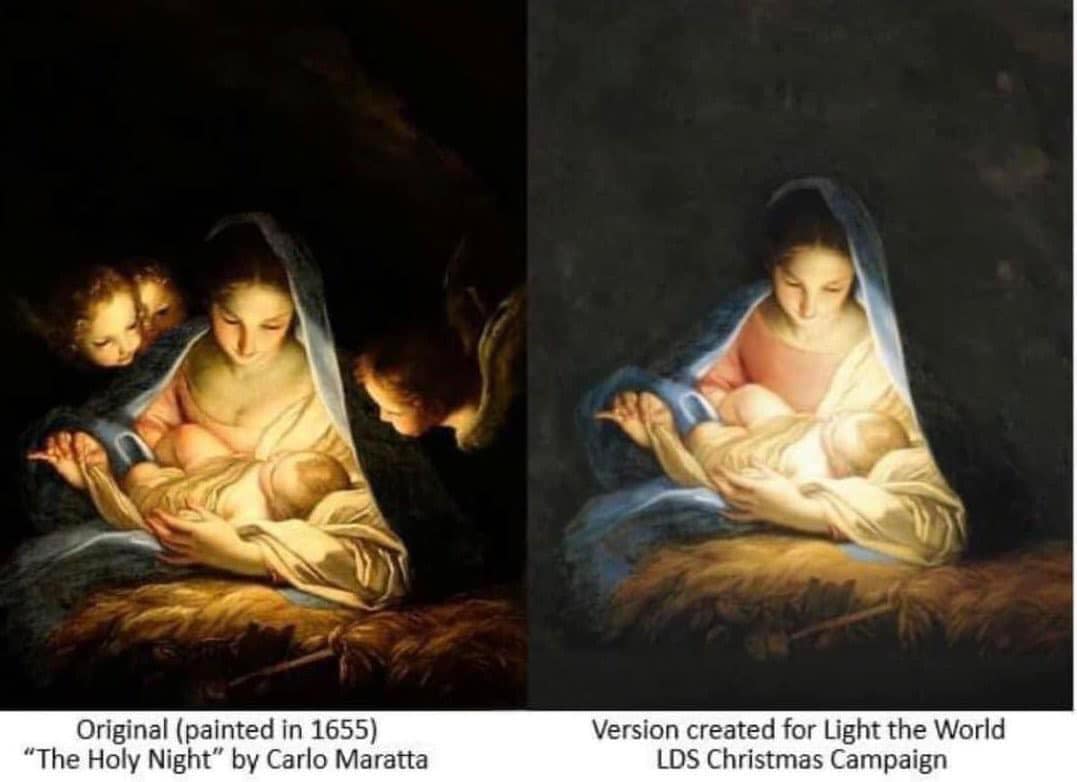I thought this might be an interesting question because if ever people are going to be inspired to want to go to the temple, you’d think it would be during Conference. Sister or Elder So-and-So gives an inspiring talk about temple work, and even though temples are of course closed during Conference, it’s easy while watching or listening to just whip out your phone or computer and make a temple appointment.
I looked at this question using the Church’s same handy online temple appointment scheduler that you’d use to make an appointment. Helpfully, it reports the number of seats available for a proxy ordinance session, so it was straightforward for me to check the number of seats available before Conference weekend, and then again afterward. For comparison with Conference weekend, I also checked the change in number of seats available across the four weekends around Conference weekend, two before, and two after.
Because it was still a bit laborious for me to gather the data, I reduced the sample in several ways:
- I looked only at endowment sessions (because they’re the most time-consuming of temple ordinances).
- I looked at only sessions for the week following the weekend I was checking. For example, for Conference weekend, which was April 1st-2nd, I looked at sessions for Tuesday April 4th through Saturday April 8th. (Most temples are closed on Mondays. The exceptions I’ve found are Aba Nigeria and Provo Utah, but I excluded the few sessions on Mondays for these temples.)
- I looked at only a sample of open temples. I chose them by region, to try to be at least kind of representative of the areas where the Church has temples. Within each region, I chose the temple that appeared to generally offer the most endowment sessions, because I figured more sessions would give more data and more chance to find an effect.
- For each session, I checked its available seat count just twice, once on the Friday evening before the weekend, and again on the Monday evening after the weekend. (Note that for a few temples in the Pacific and therefore many time zones ahead of me in the US, I checked their counts in mornings instead, to be sure that I wasn’t checking so late on Monday that some of their Tuesday sessions had already begun.)
In addition to the worldwide sample of temples, I was also in the middle of gathering data for another project on all temples in Utah, so I was able to include them as well. The temples outside Utah in the sample are the following: Aba Nigeria, Boise Idaho, Campinas Brazil, Chicago Illinois, Dallas Texas, Guatemala City Guatemala, Hamilton New Zealand, Lima Peru, Madrid Spain, Manila Philippines, Mesa Arizona, Mexico City Mexico, Nuku’alofa Tonga, Orlando Florida, Preston England, Seattle Washington, and Washington D.C. The open Utah temples are the following: Bountiful, Brigham City, Cedar City, Draper, Jordan River, Logan, Monticello, Mount Timpanogos, Ogden, Oquirrh Mountain, Payson, Provo City Center, Provo, and Vernal.
This graph shows results for non-Utah temples. The bars show the average change in number of available seats per endowment session between Friday and Monday (again, the actual sessions are the following Tuesday through Saturday). For each temple, the left bar shows the average change across the two weekends before Conference, the middle bar shows the average change across Conference weekend, and the right bar shows the average change across the two weekends after Conference. The lines that point up and down from the top of each bar and end in short horizontal lines are standard errors. (If you don’t want to read some statsy explanation at the link, you can just think of them as a measure of reliability: if these are small, we have more confidence that the true average change is close to the bar height, and if they’re big, we have less confidence.) Where I’ve shaded in the before-Conference or after-Conference bars, this means that they’re statistically significantly different from the Conference bar for the same temple. (The specific statistical test I used was a t-test, two tailed, meaning it looks for differences in either direction–bigger or smaller.)

Read More





